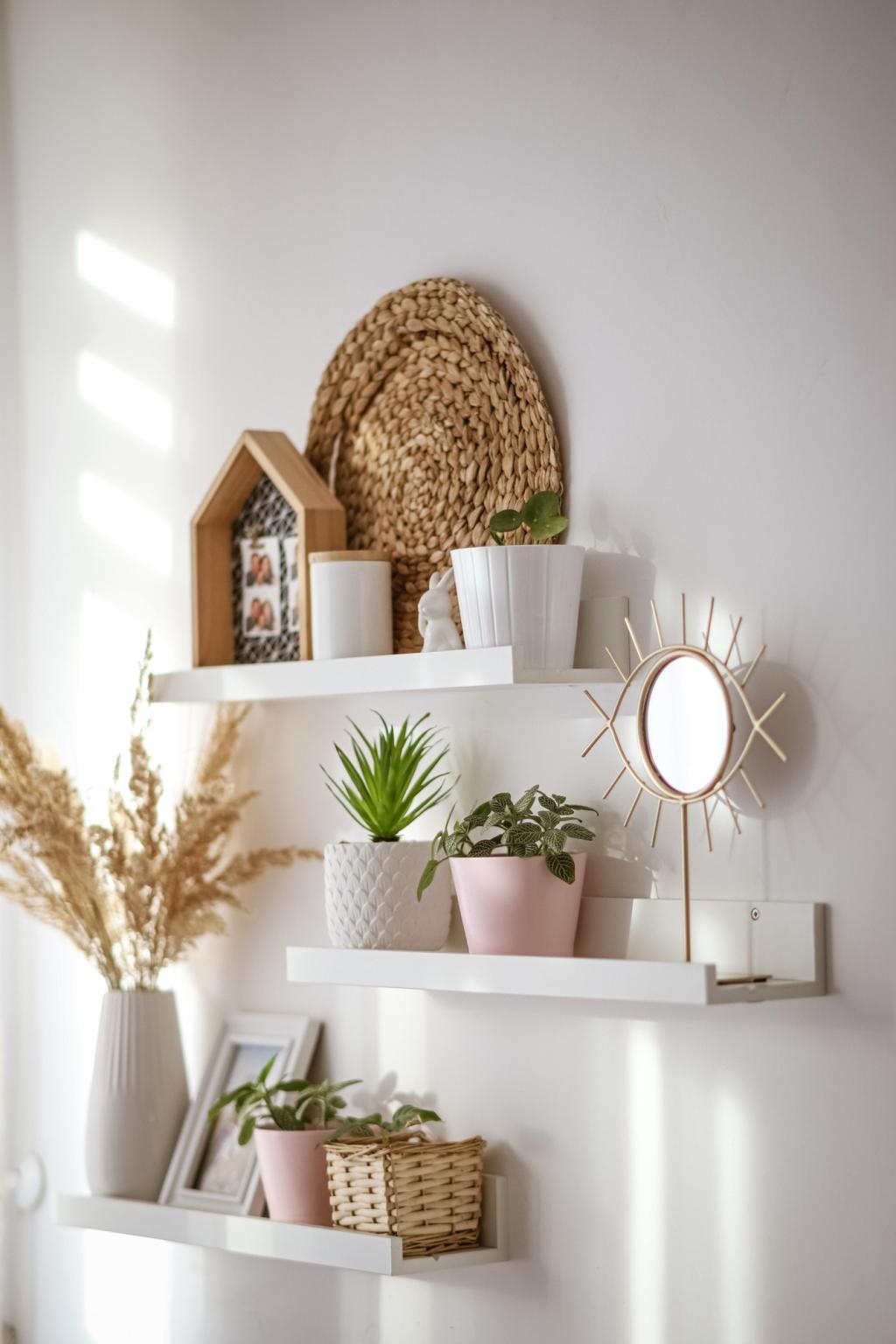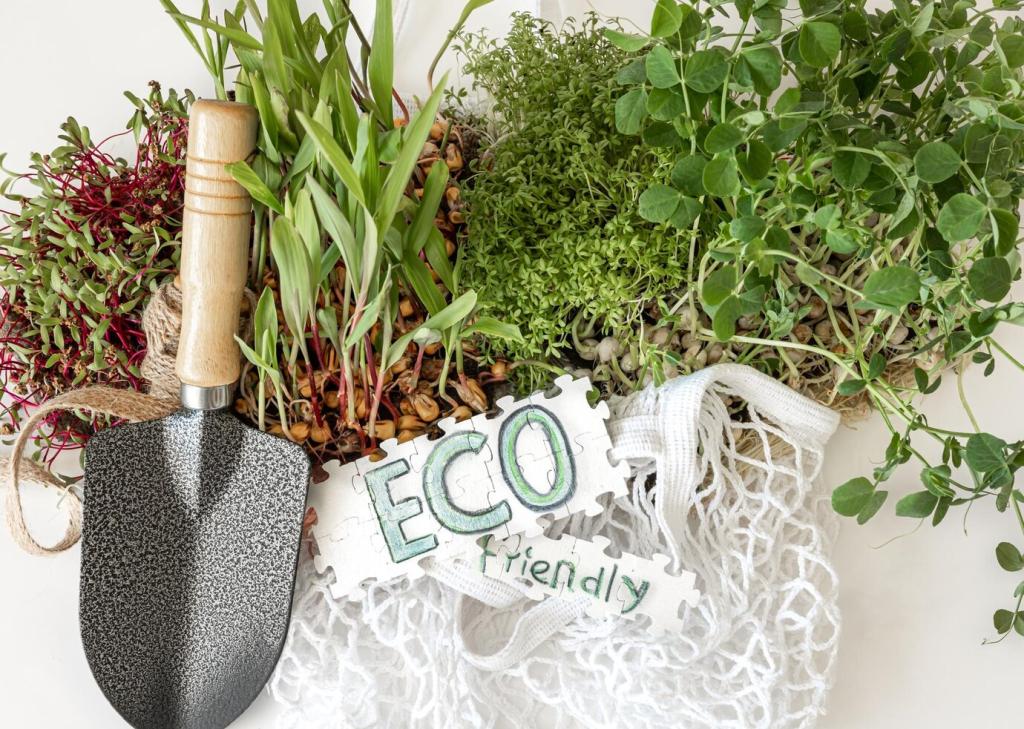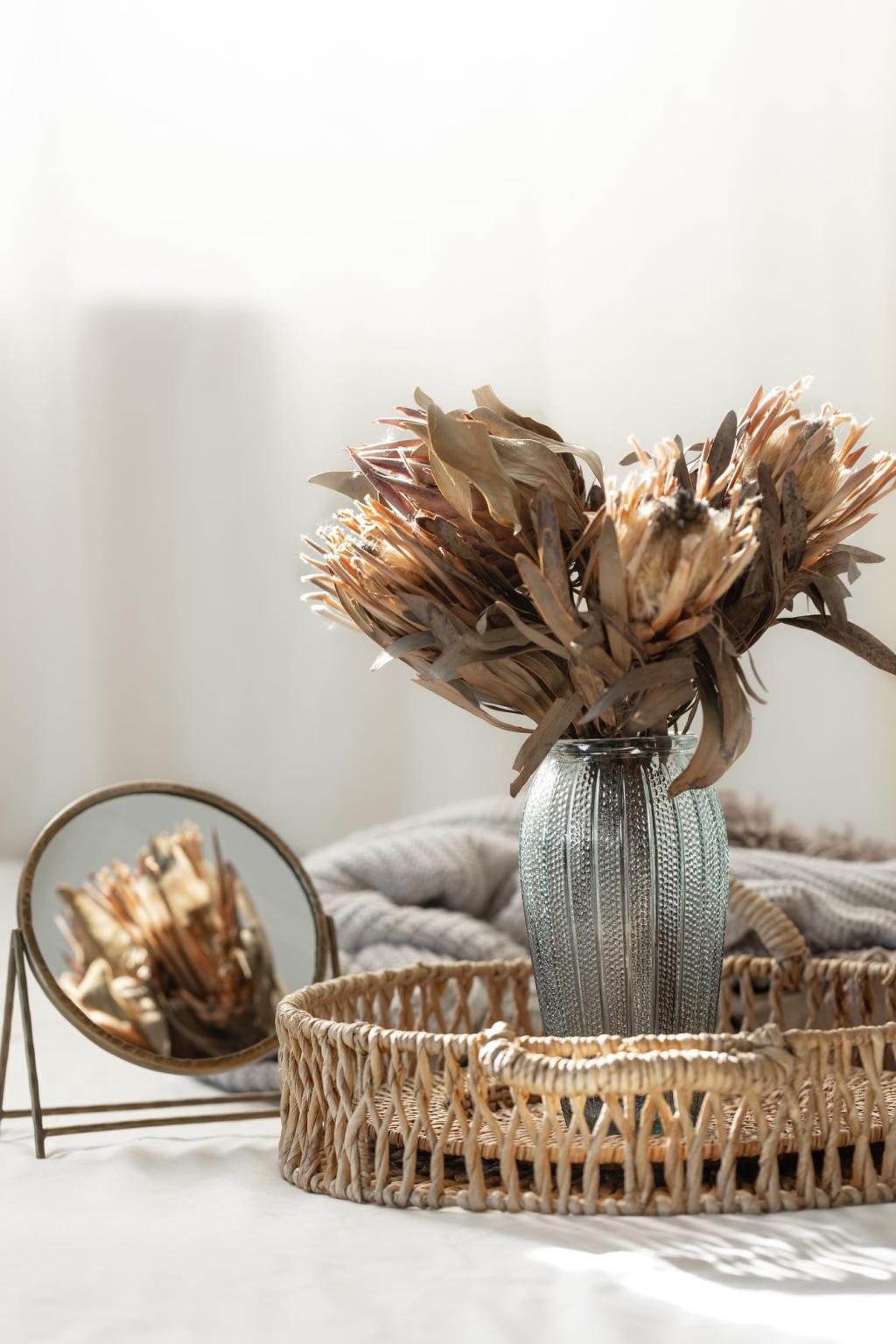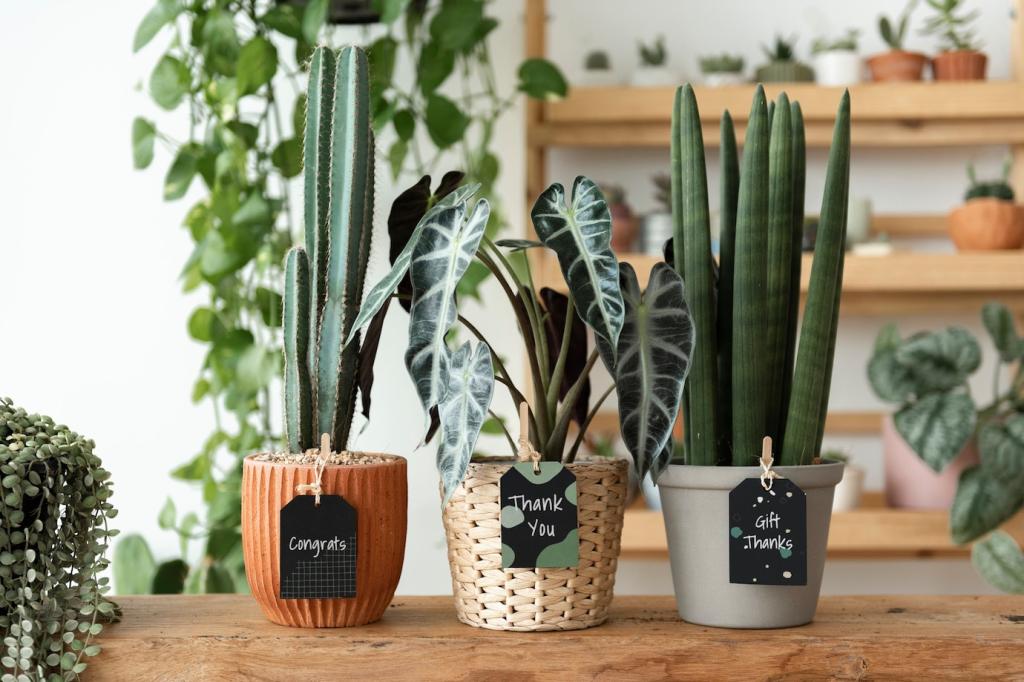
Sustainable Lighting Materials: Bright Ideas for a Greener Glow
Chosen theme: Sustainable Lighting Materials. Welcome to a friendly hub of ideas, stories, and science that help you light spaces beautifully while treading lightly. Explore practical choices, meet thoughtful materials, and join our community—comment with your questions, and subscribe for hands-on guides, maker interviews, and field-tested experiments.
A sustainable lighting material is more than stylish; it is honest about its journey. Consider extraction, processing energy, transport miles, and longevity. A durable aluminum heatsink that lasts decades can offset its upfront impact, especially when designed for easy repair and low-waste refurbishment.
What Makes a Lighting Material Sustainable?
Nature’s Palette: Bamboo, Cork, and Mycelium
Bamboo Frames That Breathe
When we replaced a metal hallway pendant with a bamboo frame, the room immediately felt calmer. Bamboo’s rapid renewability and strength-to-weight ratio make it ideal for airy structures. Choose water-based finishes and cross-laminated ribs to prevent warping. Have you tried bamboo? Share your finishing tips below.
Cork as a Quiet Diffuser
Cork gently dampens echoes and softens glare, turning harsh LEDs into warm, welcoming pools of light. Select agglomerated cork bonded with low-emission adhesives and check heat clearance around drivers. The tactile surface invites touch, and the subtle texture adds depth without visual noise.
Mycelium Shades Grown, Not Made
Mycelium shades are cultivated from agricultural waste and fungal mycelia, forming featherweight, firm structures. They compost at end-of-life, yet feel surprisingly robust in daily use. Partner with local growers to shorten supply chains, and seal lightly to maintain breathability. Would you grow a lampshade at home?

Recycled Metals and Glass That Last
Aluminum dissipates heat efficiently and is nearly infinitely recyclable without major quality loss. Seek high recycled content and specify finishes like powder coat or anodizing with responsible chemistry. Modular LED engines mounted with screws make aluminum parts reusable when electronics evolve or fail.


Recycled Metals and Glass That Last
Recycled glass diffusers glow with subtle variations that tell a material story. Ask about cullet sources and thermal shock resistance. Thicker walls add strength and soften hotspots, while sandblasted or acid-etched finishes reduce glare. What colors do you love for evening ambiance—cool opal or honeyed amber?
Bioplastics and Plant-Based Composites
01
PLA enables intricate, low-waste shades with elegant diffusion patterns. Keep it away from high-heat sources, ventilate LED drivers, and design thickness transitions to prevent warping. Use replaceable light modules so the printed part lives on. Industrial compostability is possible, but only through facilities—label parts clearly.
02
Natural fibers in bio-resins create stiff, lightweight shells. Their warm weave adds visual texture that softens high-brightness diodes. Check resin VOCs, opt for UV-stable finishes, and test glare from glossy surfaces. Share your resin brands and fiber layups; we’ll compile community-tested recipes in our newsletter.
03
Bioplastics can yellow, creep, or soften under stress. Run simple aging tests: a week of sun exposure, controlled heat cycles, and wipe-clean trials. One reader’s PLA shade sagged above a hot bulb; a cooler LED and ventilation slots solved it. What stress tests should we try next?
Use screws, snap-fits, and interlocking joints so shades and diffusers can be removed without damage. Provide exploded views, part numbers, and torque notes. We’ll share printable repair guides—subscribe to get them first and tell us which fixtures you want disassembly walk-throughs for.
Design for Repair, Modularity, and Circularity
Choose LED modules with known footprints and connectors so replacements are straightforward. Good thermal coupling protects materials and improves longevity. Keep drivers accessible and spec common voltages. Always follow electrical safety rules; hot-swapping is not recommended. Comment with your favorite modules for maker-friendly repairs.
Design for Repair, Modularity, and Circularity
Healthy Homes: Safer Finishes and Gentle Light
Choose shellac, plant-based oils, or waterborne polyurethanes with verified low emissions. Let finishes fully cure before installation, especially in bedrooms and nurseries. A reader reported headaches from a solvent lacquer; switching to a wax-oil blend solved it. Share your favorite safe finishes for sensitive spaces.

Sourcing, Community, and Shared Know-How
Partnering with nearby woodworkers and glass studios cuts transport emissions and builds relationships. One collaboration turned offcuts into a limited run of tiny wall lights—each unique, all documented. Know a craftsperson we should feature? Tag them, and we’ll reach out for an interview.
